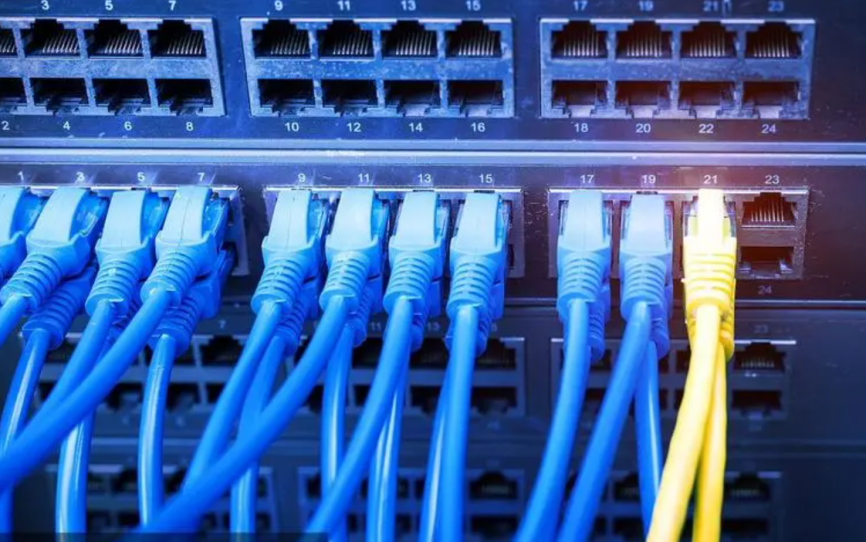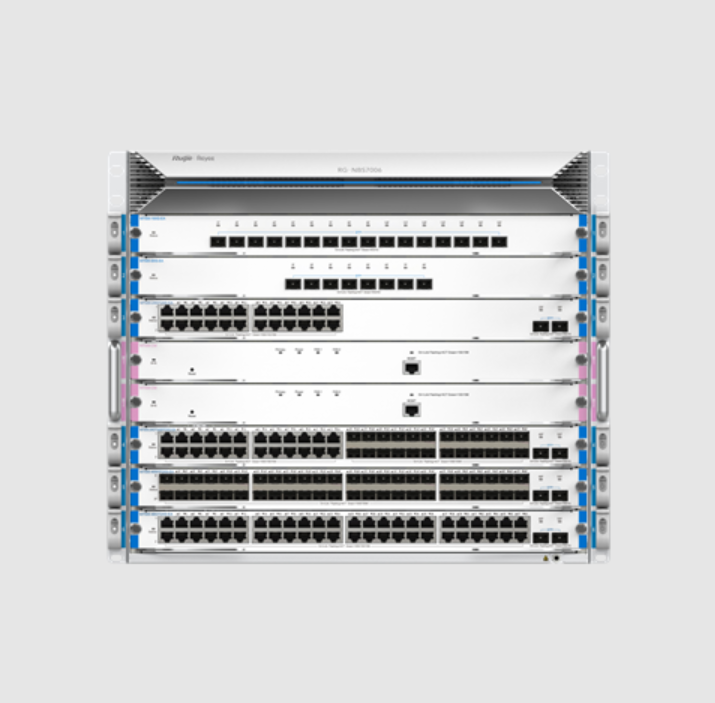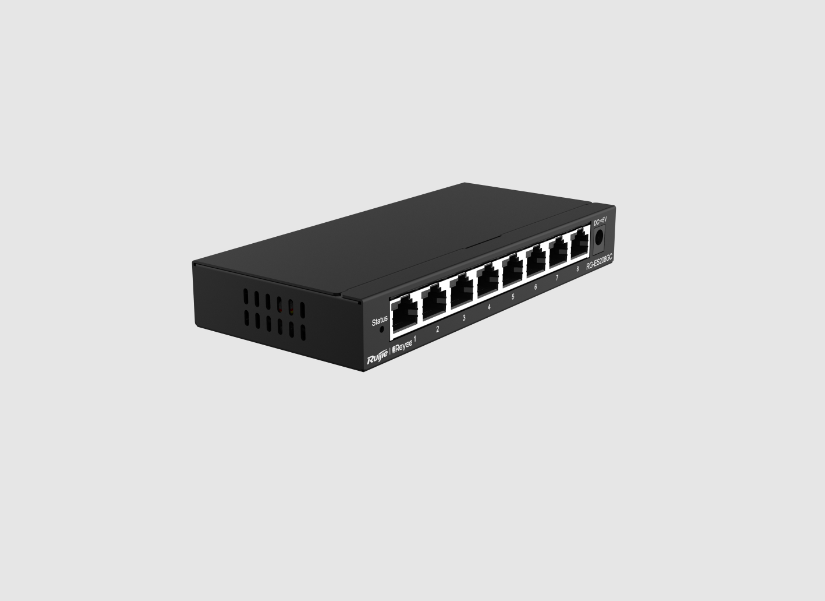A Network Switch is one of the essential devices for building modern networks, capable of enhancing network performance and reliability, providing stable and efficient data transmission services for various network applications. Within network architecture, Network Switches are classified into different roles, including Access Switches and Core Switches, each representing different layers of network devices. These devices work closely and collaboratively to form a comprehensive network architecture.

Definition of Network Switch
A Network Switch is a common network hardware device primarily used to establish data transmission connections within a network, enabling efficient data transfer. It is a crucial device for expanding networks, providing more connection ports in subnetworks to connect various devices such as computers, surveillance cameras, IoT devices, or other network equipment.
Operating Principle of Network Switches
The operating principle of Network Switches is based on Ethernet technology. When a data packet arrives at the switch, it reads the destination address information (such as MAC address or IP address) in the packet header and checks its routing table or MAC address table to determine which interface the packet needs to be forwarded to. If the target device is not on the same subnet as the sending device, the switch will perform broadcast forwarding, sending the packet to all devices connected to that subnet. Through these methods, switches can achieve rapid packet forwarding and efficient distribution.

Main Components of Network Switches
Network Switches consist of two main types: Access Switches and Core Switches. Access Switches are located at the access layer and are responsible for connecting user devices to the network. Core Switches are located at the core layer and are responsible for high-speed data switching and routing. Their operational modes are as follows:
- When user devices send data, the data is first sent to the Access Switch.
- The Access Switch forwards the data to the corresponding Core Switch based on the destination address.
- The Core Switch then forwards the data to the target network or device according to the routing information.
Beyond the network architecture hierarchy, the composition of a Network Switch also involves its hardware and software components, primarily consisting of the following sections:
- Switching Engine
The switching engine is the core component of the switch, responsible for data forwarding and routing. It processes data packets from various ports and forwards them to the correct output ports based on destination address information. The performance of the switching engine directly affects the switch's data transmission speed and throughput.
- Interface Module
The interface module includes various types of network interfaces, such as Ethernet interfaces, fiber optic interfaces, etc. These interfaces are used to connect different network devices, such as computers, servers, and printers. The quantity and types of interface modules determine the number of devices and types of connections the switch can support.
- Switching Matrix
The switching matrix is a critical component inside the switch, responsible for connecting input ports to output ports. When a data packet arrives at an input port of the switch, the switching matrix forwards it to the correct output port, enabling data transmission. The design and optimization of the switching matrix are crucial for enhancing the performance and reliability of the switch.
- Control Module
The control module manages various switch components, such as the interface modules and the switching matrix. It also includes the operating system and management software of the switch, used for configuring, monitoring, and managing the operation of the switch. Through the control module, users can implement various settings and configurations to meet specific network requirements.
- Power Module
The power module supplies electricity to the entire switch. It typically includes redundant power supply design to ensure the switch continues operating even if a single power supply fails. The reliability and stability of the power module are crucial for ensuring uninterrupted switch operation.
Application Scenarios and Advantages of Network Switches
Currently, Network Switches are widely used in networks across enterprises, schools, government institutions, and other settings, offering several clear advantages:
- High Performance: Switches typically handle data packet forwarding through hardware, enabling very high data transmission speeds and low latency.
- Multi-port Connectivity: Switches feature multiple ports that can connect numerous computers, servers, printers, and other network devices to build complete LANs.
- Self-learning Capability: Switches have self-learning capabilities, allowing them to automatically learn the MAC addresses of the devices connected to them, to accurately forward packets to the target device.
- Virtual LAN (VLAN) Support: Some advanced switches support VLAN technology, which allows the network to be divided into multiple virtual LANs, enhancing network security and manageability.
For example, Ruijie Reyee's high-performance Network Switch products offer diverse configuration solutions for different scenarios such as commercial and SMB applications, primarily categorized by port count and data transfer capacity. Specifically, commercial models feature more ports and can handle large-scale network data. Depending on device configurations and coverage requirements, they can be further divided into Layer 2 and Layer 3 switches: Layer 2 switches are used for internal company data flow, while Layer 3 switches support network exchanges between different companies. In practice, Layer 3 switches are often used in campus environments, whereas Layer 2 switches are more commonly found in office areas.

For SMBs or individual users, Network Switches equipped with 5-10 ports are sufficient for applications like surveillance in small shops or cafes. These switches are compact and easy to conceal, while still offering complete functionality.

Additionally, Ruijie Reyee offers unmanaged switches with more focused functionality. These switches provide cost-effective solutions and are mainly used by end customers for camera data forwarding. As a result, they are cheaper and more compact, requiring no cloud connectivity and can be managed offline. Overall, Ruijie Reyee's Network Switch products are customizable to suit various layout needs, enabling users to tailor network transmission capabilities to their specific scenarios.
Looking ahead, Network Switches will face numerous technical challenges as they evolve, driven by the rapid growth of cloud computing, big data, and IoT. These technologies demand ever-increasing network bandwidth and introduce new security challenges. Additionally, emerging technologies like Software-Defined Networking (SDN) and Network Functions Virtualization (NFV) require integration, while users' demands for more customized and specialized solutions continue to grow. These challenges represent significant opportunities for future product development and innovation.
Featured Articles
- Networking Tools for Retail Stores: The Core Value of Cloud-Managed APs












